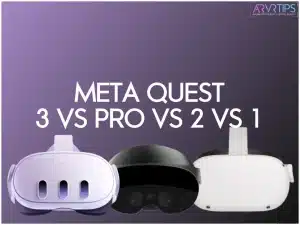Meta has now released 4 major standalone Android-based VR headsets. In this guide, I compare all four in detail: Meta Quest 3 vs Pro vs 2 vs 1, to show you how much the headsets have improved over time.
I’ll compare all the important specs, such as RAM, display, and controllers. After that, I’ll breakdown the difference in gaming performance, spatial awareness, the power of apps, and other important things you care about.
How to Buy the Meta Quest 3, Pro, 2, and 1
The three newest VR headsets can be purchased online worldwide from Amazon using the links below. The Quest 1 is no longer available and I wouldn’t recommend that you buy it at this stage anyways.
Use the links below to buy yours today!
No products found.
Meta Quest 3 vs Pro vs 2 vs 1 Specs
RAM
8 GB of RAM makes the Quest 3 more capable than the Q1 and Q2 in running resource-intensive applications, but it’s less powerful than the QPro.
The Quest Pro has 12 GB of RAM, which gives it more power to process its mixed reality applications and passthrough cameras (more on that below). The extra RAM in the Meta Quest Pro also gives it faster loading times, enhancing the overall VR gaming experience.
With 6 GB of RAM, the Quest 2 offers improved multitasking and the ability to handle more demanding VR content compared to the Q1.
The original Oculus Quest 1 features 4 GB of RAM, sufficient for running the more basic VR applications and games from 2019 and earlier. Newer games don’t support the Quest 1 at all and the lack of RAM is one reason why.
System-on-a-Chip (SOC)
The Meta Quest 3 contains the Qualcomm Snapdragon XR2 Gen 2 SOC, which represents an upgraded version of the XR2. The second generation offers further enhancements in performance and efficiency, which can contribute to better gaming experiences and longer battery life.
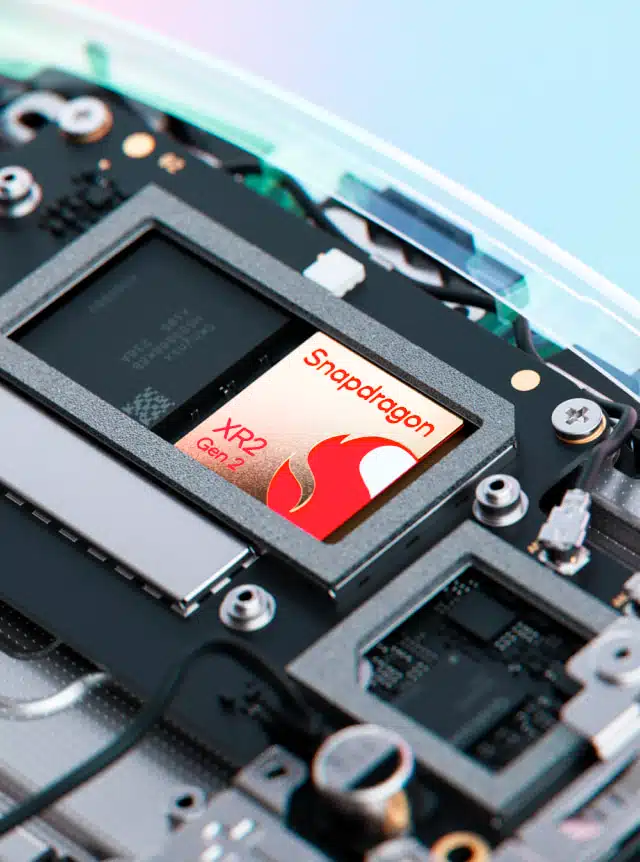
Both the Meta Quest 2 and Quest Pro feature the original XR2 platform, providing significantly improved CPU and GPU performance, AI processing, and multimedia capabilities over the Quest 1. The original XR2 has been used for over 4 years, benefiting VR players through smooth gameplay and realistic graphics.
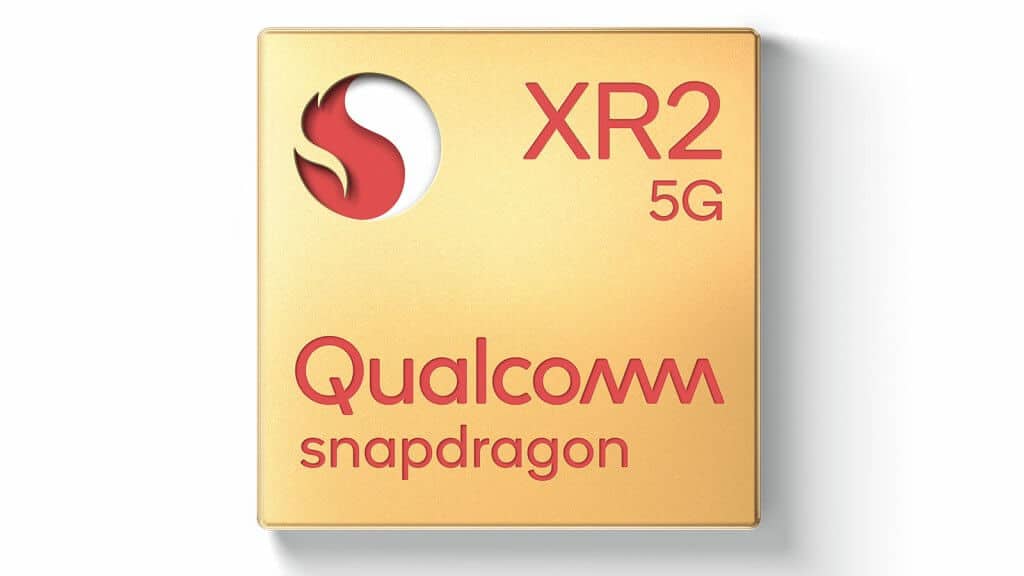
The original Quest contained the Snapdragon 835, offering more basic performance for VR applications.
GPU
The Meta Quest 3 has an Adreno 740 GPU, which pushes graphical capabilities further than every before. The 740 was released in early 2023 and the Quest 3 is one of the first VR headsets to deploy it. This GPU allows detailed textures, complex shaders, and overall higher fidelity visuals in VR games.

Both the Quest 2 and Quest Pro both feature the Adreno 650. This GPU was available in early 2020 and was the staple in all standalone VR headsets.
The original Quest contains an Adreno 540 GPU. This GPU was released in 2017 and was used in original virtual reality headsets.
T-Flops
When you combine the SOC, GPU, and RAM together, you can create a mathematical equation for its power in a unit called T-flops.
With 2.4 T-Flops, the Quest 3 is the most capable in handling high-quality graphics and intricate visual computations. Despite having less RAM, the Quest 3 is more powerful than the 1.8 T-Flops in the QPro.
The Quest 2 has 1.2 T-Flops, enabling more complex graphical computations and improved visual effects. The original Quest has 0.6 T-Flops worth of power.
Display
The Q3 offers the highest resolution of 2064×2208 on an LCD display, providing the sharpest and most detailed visuals among the models. This is crucial for immersion and clarity in VR games. The Quest 3 features two LCD panels built into the display, which help to reduce size and weight used up on the displays.
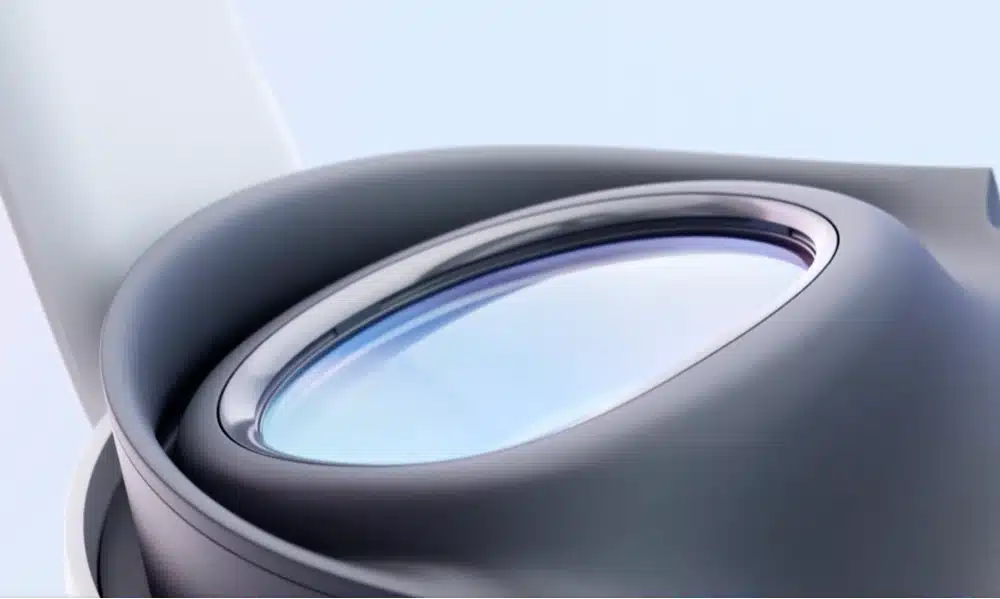
The Quest Pro uses a QLED display with a resolution of 1800×1920, combining high resolution with vibrant color reproduction and contrast. This is slightly lower than the Quest 2, but the pancake lenses offer a clearer picture and better contrast.
The Meta Quest 2 has a resolution of 1920×1832 with a single LCD panel, offering clearer and sharper images, albeit with less contrast than OLED.

The OLED display of Quest 1 offers vibrant colors and deep blacks, with a resolution of 1440×1920 per eye, which is decent for VR gaming.
Refresh Rate
The Meta Quest 3 and Quest 2 models can achieve a refresh rate range between 72-120 Hz, providing smoother and more fluid visuals, which is particularly beneficial for fast-paced VR games. 120 Hz support is in beta and isn’t required for most games.
The Quest Pro and Quest 1 both have a base refresh rate of 72 Hz, with the QPro capable of going up to 90 Hz. A higher refresh rate results in smoother motion, reducing motion sickness and increasing immersion in VR.
Lenses and FOV
The Meta Quest 3 uses Pancake lenses and has a 104° field of view (FOV). Pancake lenses are thinner and lighter than traditional LCD panels, which is part of the reason that the Quest 3 is 40% thinner than the Quest 2.
The QPro features Pancake optics and boasts the widest FOV at 106°, offering the most immersive and encompassing visual experience.

The Quest 2 and Quest 1 use Fresnel lenses, with the Q1 having a 93° FOV and the Q2 a slightly wider 97° FOV.
Eye/Face Tracking and Passthrough
The Quest 3 lacks eye and face tracking but features an advanced color passthrough system with 2 IR and 2 Color sensors, improving spatial awareness and safety. The passthrough camera in the Quest 3 is 10x clearer than on the Quest 2.

The QPro comes with eye tracking and face tracking, allowing for more interactive and immersive experiences through features like foveated rendering and expressive avatars.
Neither the Quest 2 or 1 models feature eye or face tracking, which can limit the immersion and interactivity in VR games. Plus, they have black and white passthrough only.
Depth Sensor
Including a depth sensor in the Q3 enhances environmental mapping and object detection, improving the integration of virtual and real-world elements in VR games. Meta is advertising the Quest 3 as its first true mixed-reality headset. The depth sensor is key in mapping out your room automatically and making it easier to put on the headset and play VR games.
The Quest Pro, 2, and 1 models do not feature a depth sensor, limiting their ability to map the physical environment accurately. Instead, you have to draw your guardian manually using your controllers.
Pricing
The table below shows the pricing of every Meta VR headset.
| VR Headset | Release Price | Current Price |
|---|---|---|
| Quest 1 64GB | $399 | – |
| Quest 1 128GB | $499 | – |
| Quest 2 128GB | $299 | $299 |
| Quest 2 256GB | $399 | $349 |
| Quest Pro | $1499 | $999 |
| Quest 3 128GB | $499 | $499 |
| Quest 3 512GB | $649 | $649 |
Meta Quest 3 vs Pro vs 2 vs 1 Comparison Guide
User Experience and Immersion
Navigating through the vast virtual realms with the Quest 3 is unlike anything else – it’s pure magic! With a breathtaking display resolution of 2064×2208 per eye and a 72-120 Hz refresh rate, every image is a spectacle.. It’s a noticeable step up from the Quest Pro’s vibrant QLED display and the 106° FOV, which already made me feel more “inside” the game than ever.
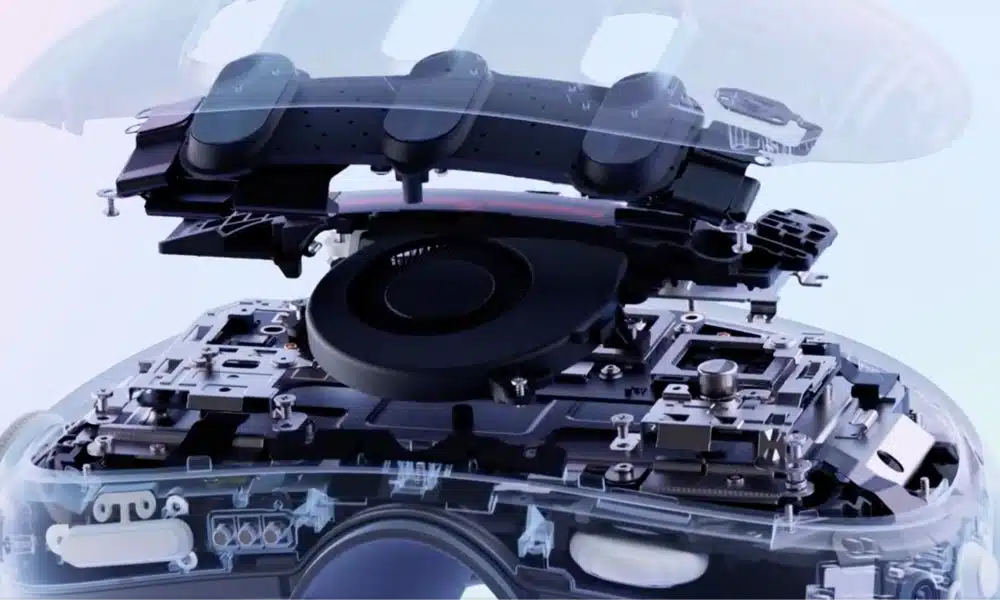
While the Quest 2 has the same refresh rate range as the Quest 3, it has a lower resolution. The visuals are sharp, and I never felt I was compromising on the experience.
The Q1, on the other hand, is the starting point of the Quest series. The OLED display is vibrant, and the 93° FOV is decent, but you can feel the limitations, especially when jumping from the newer models. The original Quest headset is over 5 years old at this point and I think it is really showing its age.
Gaming Performance
The gaming experience is where the power under the hood shows. The Quest 3, with its XR2 Gen 2 SOC and 8GB RAM, can play every VR game gracefully. The graphics are detailed, the textures rich, and the loading times minimal. The extra power is noticeable during mixed reality games, where the passthrough cameras are almost as close to your eyesight.
The Quest Pro, despite having a whopping 12GB of RAM, utilizes the XR2 SOC, which is a step down from the Q3. However, I found that the extra RAM does contribute to smoother performance in high-end games, and multitasking is a breeze.
The Quest 2, equipped with 6GB RAM and the same XR2 SOC, provides a balanced gaming experience. It’s a leap from the Quest 1 and passes for now. It will be interesting to see how quickly VR game developers drop support for the Quest 2 in the future.
Realism and Graphics Quality
Diving into the graphic-intensive world, the Quest 3 stands out with its Adreno 740 GPU. The Quest 3 renders the environments with a level of detail and realism that’s simply unmatched. The shadows are deeper, the light is dynamic, and the textures are a treat!

The Quest Pro and Quest 2 both feature the Adreno 650, which is no slouch either. The visual fidelity is high, and the worlds are immersive. However, when directly compared, the Q3’s graphical prowess is evident.
The Q1, with its Adreno 540, does a fair job with simpler graphics. However, the difference is noticeable, especially when you experience the more detailed and dynamic environments the newer models offer.
Interaction and Engagement
Interaction in the virtual space is pivotal. The Quest Pro wins with its eye and face-tracking features. The level of immersion is astounding as it allows for foveated rendering and brings a more personal touch to VR interactions with expressive avatars. It’s a feature I do miss when switching back to any other headset in the Quest lineup.

While the Quest 3 does not feature eye or face tracking, it compensates with advanced passthrough systems, enhancing spatial awareness and safety. The depth sensor helps to map out your surroundings, making you worry less about bumping into a wall!
The Quest 2 and 1 lack these advanced features, offering a more standard interaction level,. This is still enjoyable but doesn’t quite reach the heights of engagement that newer headsets achieve.
Safety and Spatial Awareness
When it comes to moving around safely in your play area, the Quest 3 has an edge. Its passthrough system is advanced with 2 IR and 2 Color sensors, significantly improving spatial awareness. It’s reassuring to know that I can be deeply immersed in a game and still be aware of my surroundings. These features also make hand tracking clear and smooth.
The Quest Pro, while not having color sensors in the passthrough, offers a decent level of spatial awareness, thanks to its 2× IR sensors. The added eye and face tracking also contribute to a feeling of safety, as the VR environment responds more intuitively to my movements.
The Q1 and Q2, equipped with 2× IR sensors for passthrough, provide a basic safety and spatial awareness level. The passthrough camera is in black and white, making it mostly forgettable.
Variety of Applications
The hardware capabilities significantly influence switching between the headsets and the variety of applications and games available. The Quest 3, with its superior specs, supports a wider array of resource-intensive applications and games. The high-resolution display and powerful GPU allow developers to push the boundaries, creating more detailed and immersive mixed-reality content.
The Quest Pro, with its 12GB of RAM and advanced features like eye and face tracking, isn’t far behind, supporting a vast range of applications. Business applications excel on the Quest Pro, which can multitask better.
The Quest 2 offers a balanced range of applications suitable for its hardware capabilities, while the Q1 has a more limited selection, particularly regarding more demanding VR content.
Longevity and Future-Proofing
Looking towards the future, the Quest 3 seems the most future-proof, thanks to its advanced SOC, GPU, and high-resolution display. It’s ready to handle upcoming VR developments and advancements, ensuring a longer lifespan in the rapidly evolving VR landscape.
The Quest Pro, with its unique features and high RAM, also has a promising future, especially for applications that will leverage eye and face tracking for enhanced interactivity. I hope that Meta can continue to bring down the price of the Pro model.
The Quest 2 is a balanced option for the present, but as VR technology advances, it might not keep up as long as the Q3 and QPro. The Q1 is already showing its age, with limited support for newer games, applications and features.
Price vs. Performance
Assessing the value, the Quest 3 offers an impressive balance of price and performance. The superior specs and features deliver an outstanding VR experience that justifies the investment, especially considering the future-proofing aspects.
While higher in price, the Meta Quest Pro offers unique features and capabilities that may well be worth the extra cost for users looking for the highest level of immersion and interaction.
The Quest 2 provides a good balance for those seeking a more affordable yet capable VR experience. I would stay away from the Quest 1, no matter how good of a price you get, at this stage in its development.
Conclusion
As you can see, the comparison between the Meta Quest 3 vs Pro vs 2 vs 1 is close in some aspects and far apart in others.
The Quest 3 and Quest Pro really excel in:
form factor thanks to the pancake lenses
hand tracking
color passthrough
processing power
The Quest 2 headset is still the best VR headset for the price, but I wonder how long it will be a viable option.
The Quest 3 provides the best value for its price. Plus, it has the best set of mixed reality features, which will help to future-proof it in the long-term.
If you agree with my assessment, you can buy your Meta Quest 3 below!
No products found.

